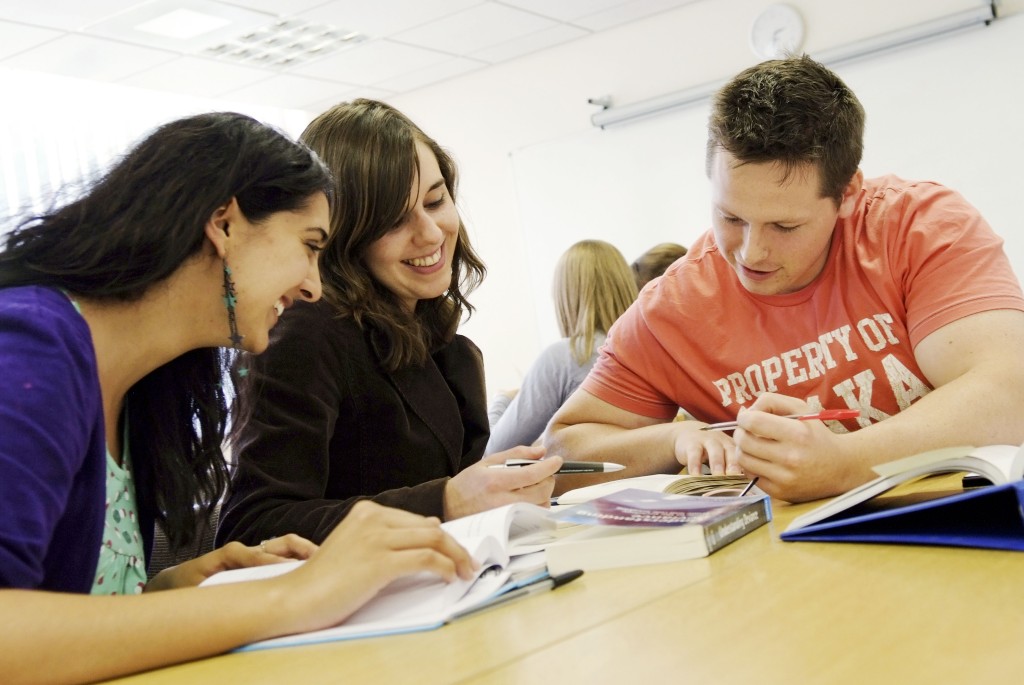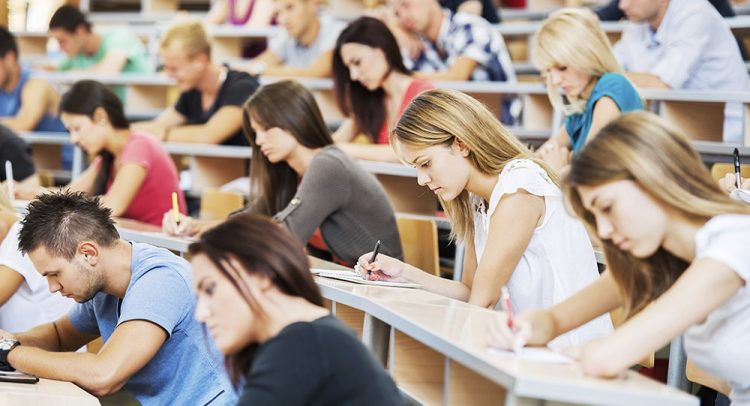Every year, graduates of grades 9 and 11 are faced with the need to make a choice between existing educational institutions to continue further education and education. Some boys and girls are aware that there are several levels of professional education, but not everyone knows the differences between these levels, the merits of various educational institutions.
Primary vocational education (NGO)
The first step in the field of training is primary vocational education. The institutions that provide it train skilled workers - employees and workers. Professions are provided the most diverse. For example, you can find such educational institutions in which they teach car mechanics, assistant secretaries, accountants, radio mechanics, tailors, etc.
Primary vocational education is often attractive for applicants in that it does not require long-term training. Students enrolling after grade 11 usually complete 1- or 2-year training in their chosen program. Graduates of 9th grade study a little longer. However, not all educational institutions offer such short-term training. In some institutions today there is a shift towards the profile of technical schools. Students in such educational institutions are offered deeper knowledge. For this reason, the duration of training at this level of professional education may be longer - 3 or 4 years.

Institutions of primary vocational education
In the system of primary vocational education, several types of educational institutions work - this is a vocational school and lyceum. In the school, students are offered programs on which you can get specific professions, qualifications. In some areas, secondary (complete) general education is additionally provided, while in others it is not.
Vocational schools are considered the main type of primary vocational education. This is the link in the educational system of our country, which massively produces workers and employees. However, some applicants choose not in favor of schools, but in favor of professional lyceums. These institutions implement integrated educational programs for primary and secondary vocational education and the level of general education. In lyceums, students acquire knowledge that should have been received in grades 10–11 at school, and advanced-level professions.
Secondary vocational education (STR)
The second stage of professional education is secondary vocational education. The institutions offering it are very popular among school graduates today. Some schools are multifunctional. They offer not only open source software, but also programs of initial, additional professional education.
In recent years, open source software has been developing in several directions, which is an important plus for applicants:
- Educational institutions actively use modern technologies in their educational activities. Students are offered completely new classes, interesting teaching methods.
- Specialties and professional standards in education are being improved. In colleges, completely new directions appear, old ones are adjusted, which eventually begin to meet the requirements of the time.
- Some colleges are part of universities.This allows institutions of secondary vocational education to offer better education, because the educational process is built with the involvement of the material and technical base of universities, academies, institutes, with the involvement of the faculty.

Types of STR institutions
In Russia, there are 2 types of educational institutions of secondary vocational education - this is a technical school and college. A technical school is the main type of secondary specialized educational institution with open source software. College is an educational institution of advanced type. It is engaged in advanced secondary vocational education programs.
Colleges are the most popular among applicants, considered more prestigious. These educational institutions are close to universities in the structure of the educational process, forms and teaching methods.
Higher Professional Education
The list of the main stages of professional education includes higher education. Not all school graduates can enter universities. The road to these educational institutions is open only to persons with secondary (complete) general education or secondary vocational education. Those people who already have higher education and wish to receive another specialty, to strengthen their competitive advantages in the labor market in the future can also enter universities.
This level of professional education solves several very important problems. Each university:
- satisfies the needs of people in the diverse development of the individual through education;
- provides the society with qualified specialists, scientific and pedagogical personnel of the highest qualification;
- develops science and art through research and creative activities;
- It works in the field of training, retraining and advanced training of specialists and senior employees.

Types of higher education
In Russia, universities are represented by 3 main types - universities, academies, institutes. A specific type is determined every 5 years according to the results of state accreditation. The following characteristics are taken into account:
- range of ongoing educational programs;
- the ability to continue postgraduate education in graduate school, doctoral studies;
- scientific research;
- the implementation of scientific and methodological work;
- high-quality composition of scientific and pedagogical personnel.
The highest position at the considered stage of professional education in Russia is held by universities. These are more developed educational organizations. The second position belongs to academies, and the third to institutions.
Incomplete higher education and undergraduate
And now let's name the steps of higher professional education. It is customary to distinguish several levels. The very first level is incomplete higher education. For him, no specific programs or areas of training have been created. They say about incomplete higher education when students, having studied for at least 2 years and having successfully passed the intermediate certification, drop out of school.
The second level is undergraduate. The educational programs offered on it have a training period of at least 4 years. In the process of study, students receive knowledge about society, history, culture, master the basics of professional knowledge.
Some people consider undergraduate undergraduate education. This is actually not the case. Bachelors are full-fledged specialists. They may be employed in positions requiring higher education. If you wish, you can continue to study at higher levels of professional education. Such a decision is recommended for all university graduates, because with the qualification of a bachelor, unfortunately, some prestigious vacancies are not available.

Specialty and Master
The second stage of higher professional education in Russia can also include a specialty with a study period of at least 5 years. In educational programs, students gain deeper professional knowledge.
The third level of higher education is the magistracy. Master's qualification can be obtained after mastering the educational program of undergraduate or specialty. Training lasts at least 2 years. During this period, students gain in-depth knowledge in a particular field.

Postgraduate education
Higher educational institutions provide the opportunity to receive postgraduate professional education. This is the stage at which people continue to receive education with a university diploma. Postgraduate professional education is aimed at training personnel oriented to teaching, conducting research.
In the system of postgraduate vocational education, studies in full-time or part-time postgraduate study are distinguished. Graduate students prepare dissertations for the degree of candidate of sciences. There are several specialized forms of preparation:
- Assistance-internship (a system of training pedagogical and creative workers in creative and performing specialties);
- residency (advanced training system for doctors in medical higher education institutions);
- postgraduate studies (the so-called postgraduate studies at universities of the Armed Forces of the Russian Federation, the Ministry of Internal Affairs, the Ministry of Emergencies, and agencies for controlling the circulation of psychotropic substances and narcotic drugs).
Continuing Professional Education (VET)

A very important step in vocational education is vocational education. It is customary to include advanced training, professional retraining. Universities at their faculties, academies, institutes and advanced training centers offer relevant professional education programs. All institutions of continuing education have a common goal - to increase professional knowledge among students, improve their business skills, and prepare them to perform new labor functions.
Further training refers to the deepening and updating of existing professional knowledge. This process is realized thanks to short-term thematic training (courses of at least 72 hours duration), thematic and problematic seminars, and long-term training (over 100 hours). Professional retraining is the process of obtaining additional qualifications.
Self education
The system of vocational education also includes self-education. It is called the type of continuing professional education. In self-education, a person manages his educational activities, designs his educational space. This type of vocational education is carried out in close interconnection with other types of education.

In conclusion, it is worth noting that applicants, asking how many steps a professional education includes, do not even suspect that it is multi-stage. For some people, it begins at schools and lyceums, and ends at universities, academies and institutes. Moreover, all levels of professional education are permeated by self-education.
